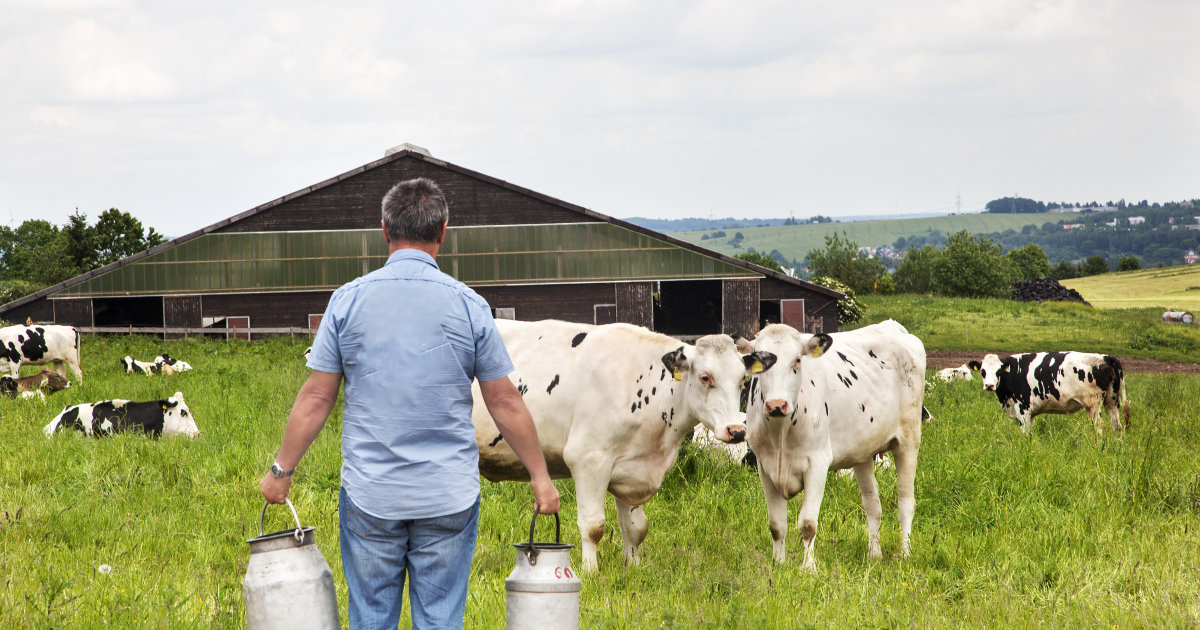Causes And Risk Factors Of Hypersensitivity Pneumonitis
Hypersensitivity pneumonitis, also known as extrinsic allergic alveolitis, is a syndrome of the respiratory system that impacts the terminal bronchioli, lung parenchyma, alveolar interstitium, and the alveoli. It is the result of a delayed allergic reaction that is usually derivative from prolonged and consistent inhalation of numerous kinds of dust or other substances suspended in the air. An individual with hypersensitivity pneumonitis has become over responsive and sensitized to the substances or chemical they have been inhaling. More specifically, hypersensitivity pneumonitis can be a reaction to agents such as proteins from animals and plants, microbes, organic chemicals, and inorganic chemicals. The main challenges of hypersensitivity pneumonitis are the identification and avoidance of the causative antigen. Uncover the main causes and risk factors related to hypersensitivity pneumonitis now.
Inhaling Certain Chemicals

Hypersensitivity pneumonitis can develop from the repeated and consistent inhaling of certain chemicals used in numerous occupations and or around the home on a regular basis. Some of these chemicals include a type of plastics called anhydrides, a type of vineyard fungicide called Bordeaux mixture, types of plastics and paints called isocyanates, a chemical called Pauli's reagent, an insecticide called pyrethrum, and heavy metals such as beryllium and cobalt. Often these antigens are so tiny in diameter that they can be inhaled and end up all the way into the parenchyma of the lung and take the path of the vessels in the lymphatic system where they finally reach their destination at the respiratory bronchioles. It is the body's hyper-reactive inflammatory responses to the invading antigen that ends up causing the sensitization to said antigen. Large numbers of titers of antibodies specifically formed to fight off the causative agent and interstitial infiltration action by inflammatory cells are both ways the body has a hyper-responsive reaction to antigens.
Keep reading for more details on the causes and risk factors of hypersensitivity pneumonitis now.
Genetic Factors

Some individuals have a gene that gives them a predisposition to Hypersensitivity pneumonitis. Similarly, other inflammatory diseases can also easily travel through genes. While genetic causative factors are fairly uncommon for hypersensitivity pneumonitis, it does happen as a result of the major histocompatibility complex or MHC gene. There are many kinds of molecules the MHC genes is responsible for encrypting into genetic material, and most of these molecules are implicated in the processing and presentation of antigens. This particular function is a component of the bodies adaptive immune responses and the communication it has with the natural killer cells or NK cells. Also, if the tumor necrosis factor (TNF) gene contains polymorphisms included in the promoter area, this can also cause a higher risk of developing numerous inflammatory type diseases. Studies have found some cases of hypersensitivity pneumonitis are due to similar patterns that occur in the alleles of the TNF and MHC genes inherited from biological family members.
Learn more about what may cause hypersensitivity pneumonitis now.
Humidifier Lung

Humidifier lung is a type of virus-induced inflammation of the lungs that typically occurs as a result of breathing in air being fed by a humidifier that has been colonized and taken over by thriving bacteria. This happens from a very simple error individuals make all the time: improperly cleaning or not cleaning the humidifier at all. Hypersensitivity pneumonitis happens when whatever the humidifier is infusing into the air is inhaled regularly for a time. This could be something that sounds as harmless as dust produced from the calcified minerals from the tap water in the humidifier. Or, it could be something is as harmful as mold spores, microbes, and thousands of bacteria are being shot into the air to be inhaled. On the other hand, hypersensitivity pneumonitis can also happen when someone does clean and disinfect the humidifier, and the chemicals used to do so end up infusing into the air and are inhaled.
Read more about the various risk factors and causes of hypersensitivity pneumonitis now.
Farmer's Lung

An allergy most commonly found in individuals who have an occupation in the agriculture industry is called farmer's lung. The antigen itself can be moldy grains, moldy hay, or moldy straw. The reason why individuals are exposed to these moldy materials is due to the improper drying mechanism of where the grains, straw, and hay are stored. This results in the growth of a mold colony in the material, and when the bales are separated for use, the extremely fine dust particles that shoot into the air have mold in them. Those tiny particles are so small that they can get all the way into the inner components of the lungs like the alveoli. When the body has a hyperactive reaction to such exposure, farmer's lung turns into full blown hypersensitivity pneumonitis. Each exposure to the same antigen following the initial exposure causes compounding of the severity of the allergy to it. Eventually, excessive scar tissue will develop throughout the lungs, causing permanent and irreversible damage.
Uncover more on the causes and risk factors of hypersensitivity pneumonitis now.
Pigeon Breeder's Disease

Pigeon breeder's disease is the result of an allergic reaction to organic protein compounds that come from the droppings of birds, immunoglobulins, intestinal mucin, or the substance that coats the birds' feathers or the boom on the feathers. Most patients who suffer from this disease are occupationally interacting with birds on a regular basis. The birds that are most known to be responsible for pigeon breeder's disease are parakeets, shell parakeets, turtle doves, chickens, pigeons, cockatiels, parrots, and turkeys. After the initial reaction happens, if there is repeated and continuous exposure to the antigen in question, often an individual will experience significant weight loss and scarring or fibrosis of the lungs. The disease is considered to be a cause of hypersensitivity pneumonitis after the allergy itself forms and subsequent repeated allergic reactions ensue upon exposure to the antigen. Most often, individuals who develop this condition have to leave their bird tending occupations permanently. For an indoor or partially indoor facility that houses birds, it can take up to six full weeks to eradicate all of the potential bird related antigens.
